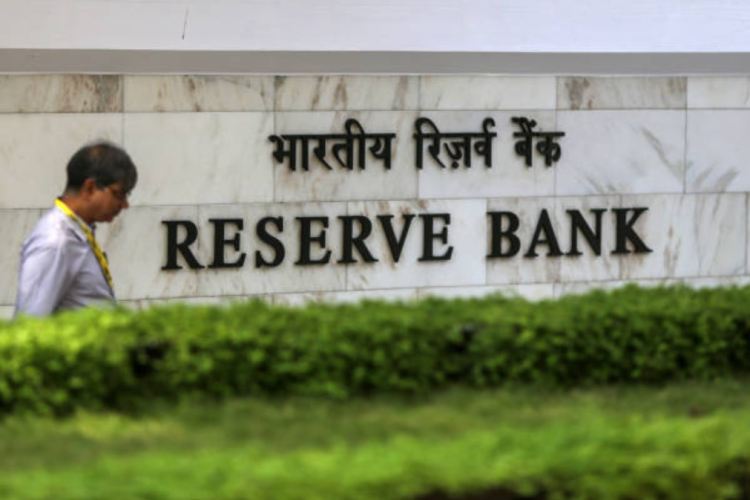
Impact of interest rate cuts: The 25 basis point repo rate cut by the Reserve Bank of India—the second such move since February—has rekindled hopes of a revival across key sectors of the economy. Particularly, the real estate and automotive industries, which have been grappling with subdued demand, are expected to benefit. But while the central bank’s move offers a positive signal, it may take more than monetary easing to reignite consumer sentiment and spending.
India’s residential real estate sector had been on a strong run since the pandemic, clocking a compound annual growth rate of 23% in sales volumes since 2020, according to Knight Frank. The momentum was fuelled by increased savings during lockdowns, stable incomes among the middle and upper-middle classes, and heightened household aspirations. This period also coincided with robust macroeconomic performance and low interest rates.
READ | India eyes transport planning overhaul to power economic growth
But the momentum is now stalling. In the first quarter of calendar year 2025, housing sales declined 12–15% year-on-year. Prices, on the other hand, have surged. According to Anarock, average residential prices in the top seven cities jumped 10–34% in Q1 2025, pushing the all-India average to Rs 8,835 per sq ft, up from Rs 7,550 per sq ft a year earlier. The steep rise in prices has triggered a wait-and-watch approach among both buyers and developers, squeezing affordability across the board.
Not all segments are under pressure. Premium housing continues to attract interest, but even here, analysts are warning of potential oversupply and inventory build-up—raising concerns about a bubble in the making. Meanwhile, the mass-market and mid-premium segments are witnessing more pronounced hesitancy.
Vehicle sales sink as consumers hold back
India’s auto industry is facing challenges too. Vehicle retail sales dropped 7% year-on-year in February, with two-wheeler volumes falling over 6% to 1.35 million units. Tractor sales were down by a steep 14.5%. Passenger vehicles and commercial vehicle sales also declined, reflecting muted consumer sentiment and growing dealer-level inventory.
Forecasts for the industry remain modest. For FY2025-26, automakers expect just 1–3% growth. While cheaper auto loans from the rate cut may help marginally, the underlying problem lies in consumer confidence. Big-ticket purchases like cars are highly sensitive to perceptions of future income and economic certainty—both of which are currently under strain due to inflation, layoffs in select industries, and persistent job market anxieties.
Impact of interest rate cuts
The RBI’s rate cut is expected to offer some respite by lowering EMI burdens and improving liquidity for developers. It may nudge first-time buyers back into the market and support smoother execution of upcoming projects. However, the transmission of lower rates remains a sticking point. Banks have historically delayed passing on repo rate reductions, citing deposit cost pressures and risk aversion. This lag in transmission could blunt the RBI’s intended stimulus, especially for price-sensitive homebuyers.
Industry body FADA (Federation of Automobile Dealers Associations) believes the RBI move will support both retail and wholesale volumes, especially during the March festive period. Lower interest costs could ease the burden on dealerships sitting on unsold stock. Electric two-wheeler manufacturers are also optimistic that lower borrowing costs may spark demand in rural and semi-urban areas, particularly among price-conscious first-time buyers.
But structural concerns remain. Rural India—traditionally a stronghold for two-wheeler sales—is showing signs of stress. With erratic monsoons, plateauing wages, and limited employment generation, cost-consciousness is high. Urban consumers, too, are wary of committing to EMIs in a climate of uncertainty.
The Larger Economic Picture: Confidence Deficit Persists
The slowdown in both the real estate and auto sectors reflects a deeper issue—the fragility of consumer demand in India’s discretionary economy. While India’s long-term growth prospects remain strong, the near-term picture is clouded by rising inequality, stubborn inflation, and a lack of income buoyancy.
So far, policy responses have largely relied on monetary tools such as rate cuts. But without broader measures to boost disposable incomes and credit access, the trickle-down effect may fall short. The central bank’s parallel initiative to explore market-based mechanisms for distressed real estate assets is a step in the right direction, but it also underscores the liquidity crunch facing over-leveraged developers.
What is needed is a coordinated policy push—across fiscal and structural levers. Unless households feel secure about their future earnings, lower EMIs alone won’t convert cautious consumers into confident buyers. Real recovery will require stronger wage growth, job creation, and a social safety net that enables spending rather than just saving.
In short, the RBI has done its bit. Now it’s over to the government to deliver the reforms that will restore household confidence and unlock the true potential of India’s consumption-driven economy.
